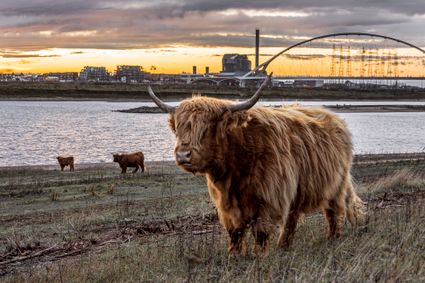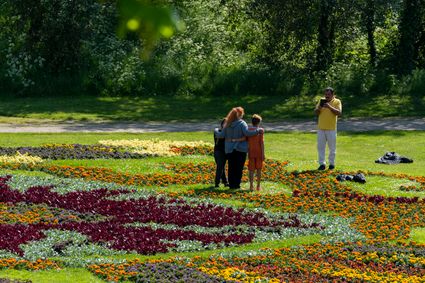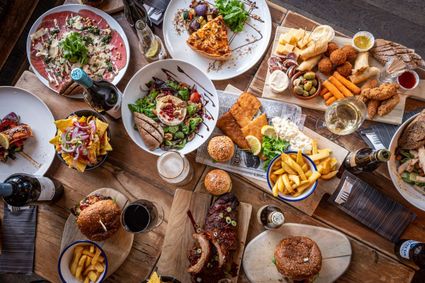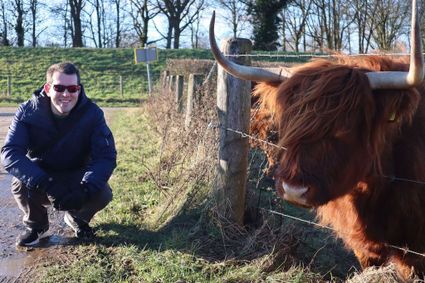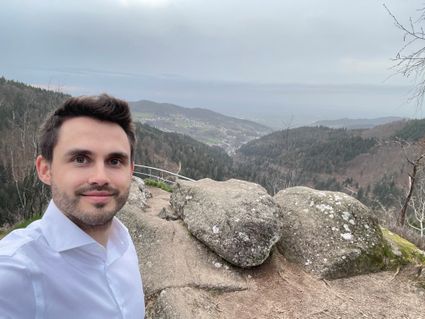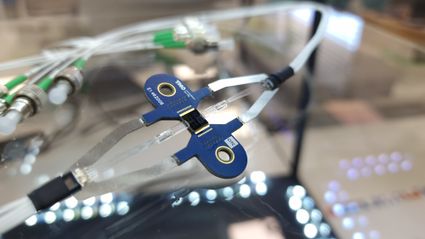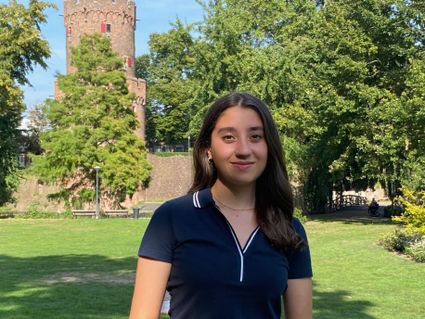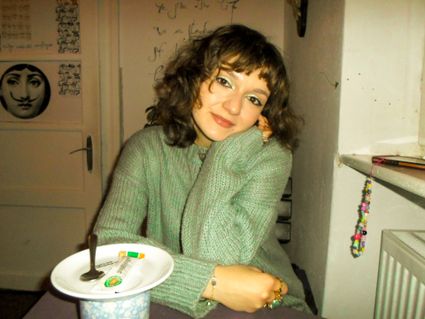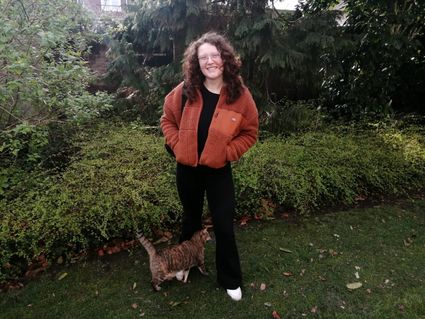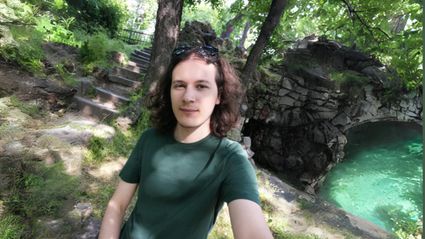
7x extraordinary historical sites in Nijmegen
The oldest city in the Netherlands is full of stories, some of which you might have seen in the 2nd episode of “The Story of the Netherlands,” presented by Daan Schuurmans on NPO1 (in Dutch). We’ve listed the most remarkable, historic spots in Nijmegen for you, where you can still experience history!
1. Latin School (1544)
The oldest school building in Nijmegen is the Latin School, located at Sint-Stevenskerkhof 2 opposite the St. Stevenskerk. It was built in 1544-45 by Herman van Herengrave, who was also responsible for the historical part of Nijmegen’s town hall. The Latin School wasn’t just used for educational purposes: it was also a frequent site of parties. Guilds would hold their meetings in the school, leading to wild parties and roasts – some were even given by the town council. In 1842, the Latin School was converted into a grammar school, the Stedelijk Gymnasium Nijmegen. Following the founding of the grammar school, various institutions have been housed in the Latin School. It was restored in 1965 and it is currently home to an urban development consultancy company.
2. Lost tower
In 2011, excavations at Plein 1944 revealed the foundations of a “lost tower” and a section of the city wall. These are the remains of a previously unknown double wall that was a part of the city’s defences between 1400-1425. The tower was carefully excavated and stored at the time. Its foundations can still be seen in the bicycle cellar underneath Plein 1944.
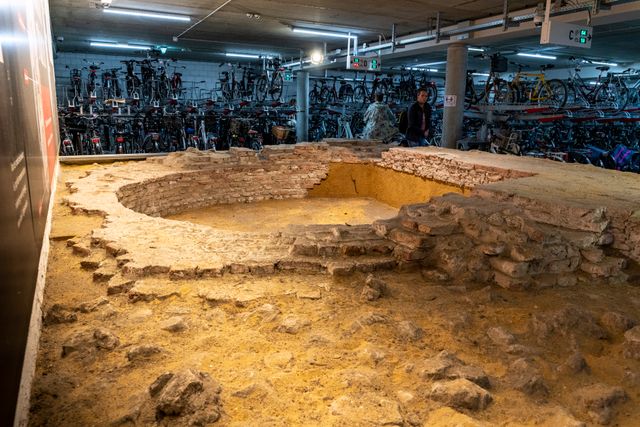
3. Roman wall
Nijmegen as a fortress town was well protected by Roman city walls. These walls can still be admired throughout some places in the city, like at the Waalkade: the car park underneath Holland Casino. This wall was found in the 1980s during excavations. The Romans set up an army camp near the river Waal and built a trading post next to it. They build this wall in the 2nd century to reinforce their trading post.
4. Valkhofbunker
In the Valkhofpark, aside from centuries-old remains of the various castles that have stood there, you can find a building from the Second World War. The Valkhof bunker is the only bunker left; in 1943, German occupying forces built a network of them on the Valkhof hill to defend the Waalbrug against the Allies. From this bunker, you also have a beautiful view of the Ooij and the Waalbrug.
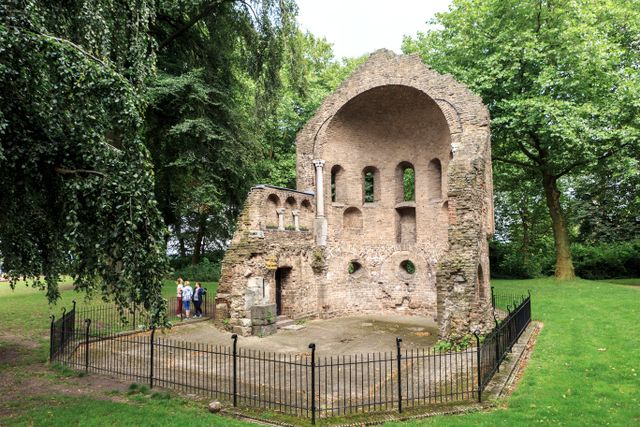
5. Besiendershuis
The Besiendershuis, one of the oldest houses in Nijmegen, is located in the Steenstraat. It was built around 1525 and was named after the besiender (an old Dutch term for supervisor) who was tasked with collecting tolls that passing ships had to pay on the Waal—an important function, because the Waal was crucial to Nijmegen’s prosperity. Today, the Besiendershuis is a working, living, and meeting space for scientists, artists, writers, playwrights, and filmmakers. The house continues to inspire people and has enough room to think quietly and reflect on the identity of the city of Nijmegen.
6. Abutment
On the banks of the Waal, two towers flank the railway bridge where it touches the shore. This characteristic building overlooks all the water, rail, bicycle, and pedestrian traffic on the site. But what’s so remarkable about this building? The bastion, once built as a defence system, has a history as a bridge pillar, bridge keeper’s house, anti-aircraft artillery, emergency accommodation, photo studio, and painter’s studio. This history began in 1879 after the railway bridge was put into operation. Since 2014, the eastern tower has housed a music practice room and the owner has been regularly giving interested parties the opportunity to view the building from the inside since 2019. It’s still possible to visit this beautiful building.
7. Lead Lady
If you’ve walked down the Burchtstraat, you may have seen a shiny plate with a full-size skeleton on it, right in front of the C&A building. In May of 2001, during work on the sewers, a lead coffin containing the remains of a woman from the late Roman period was found here – a unique find, since burials weren’t commonplace at the time. The coffin contained several grave goods, which indicated that this was a wealthy woman. To mark the spot where she was found, design agency LaSalle from Ede was commissioned by the city of Nijmegen to create this artwork entitled “Lead Lady.” After being carefully examined and prepared, the Lead Lady has been given a new resting place 200m from her previous one. She’s currently on the first floor of the Valkhof Museum, overlooking the Burchtstraat.




